Anxiety in post-confinement dogs
After several months of quarantine at home, the return to the offices is restarted and with it comes the separation of our animals. This can lead to Separation anxiety in dogs . For this reason, it is useful to observe them the first days of the new routine, and follow some recommendations so that the dog feels calmer and copes better with anxiety.
Symptoms of anxiety in dogs due to separation:
Some of the behaviors that dogs with anxiety symptoms usually show are:
-Break objects.
-Stay close to their owners and follow them wherever they go.
-Urinate or defecate in places you don’t touch.
-More barking than usual.
-Stop eating.
-Panting above usual.
-Try to escape when they are alone.
Recommendations to improve dog anxiety:
– Music:
Making a personalized music playlist can help your dog improve anxiety as well as block out fear-provoking noises.
Many dogs have been shown to prefer classical music and harp music. This can serve as a natural sedative:
- Lisa Spector piano music
- Harp music by Christina Tourin
– Adequate space:
Having an entertaining environment with some ventilation will help the dog to better manage anxiety.
– Relaxation:
Having a bed or mattress can be helpful in teaching your dog to make an association with a moment of rest. A daily routine can be established where the dog learns to lie down on his mat after each exercise session, to take a nap or play with his own toys and then give him a treat.
To optimize rest and improve joint performance, you can also use thermal beds .
– Gift when leaving:
So that the dog can associate the act of leaving as something positive, it may be interesting to reinforce the exit with a reward.
– Massages:
Anxiety often causes tension in the muscles, so massage can help relieve tension. You can keep one hand on the dog and with the other massage starting at the neck and work your way down in long strokes. You can also use heat massagers that, in addition to being relaxing, have a beneficial system on the vascular system. Or consult with rehabilitation centers.
– Routine:
At the beginning of a change it is advisable to follow a predictable routine so that the dog can begin to sense when he can expect attention and when not. Scheduling a time to be with him and another to rest can give great results.
– Exercise:
Exercising with the dog is always recommended, as it will help him to be calmer and strengthen his muscles to prevent possible pathologies.
– Natural calming supplements:
In the first days of a big change, natural painkillers can help the dog alleviate the level of anxiety. You can consult your veterinarian to find out which supplements are the most appropriate.
What not to do:
If the dog has been anxious during your departure, and this has led to the house being destroyed or dirty, anything he does can increase the anxiety, making things worse for future outings. Therefore, both punishment and excited greetings should be avoided. At home, it’s best not to pay attention to the dog until it calms down (about 10-15 minutes). The dog should soon learn that the faster he settles, the sooner he will get your attention.

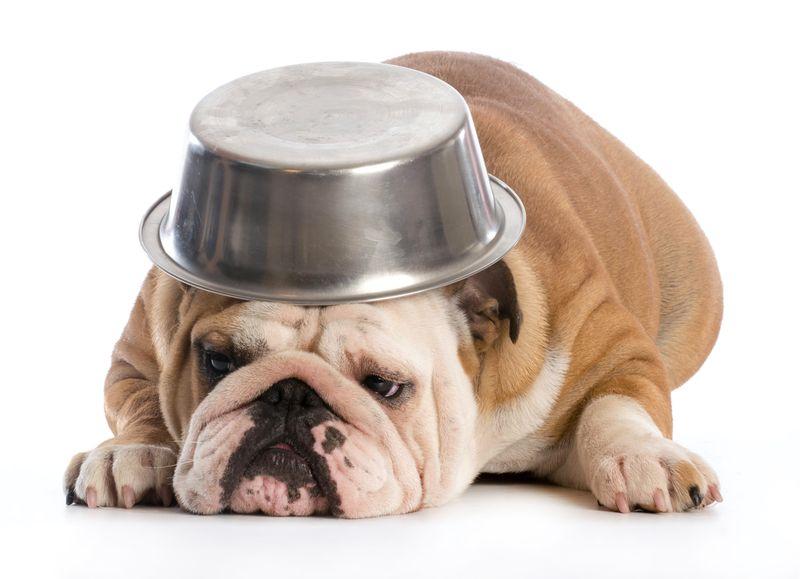
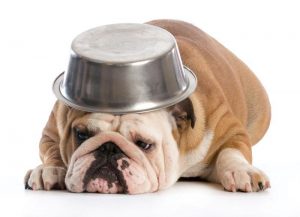
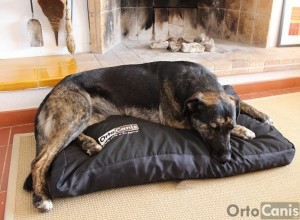
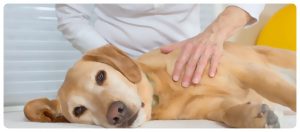
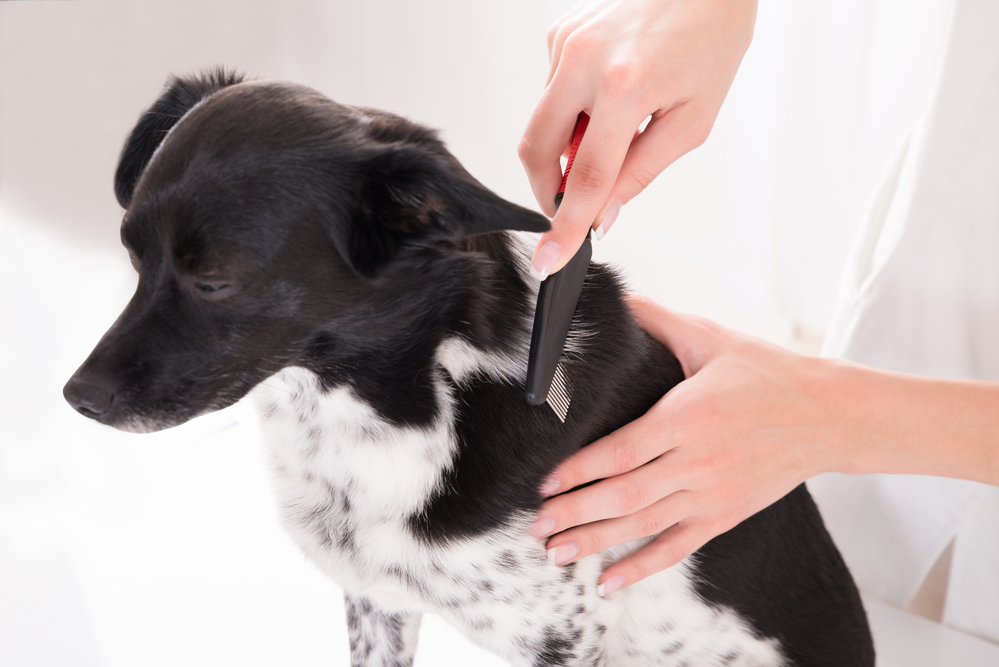

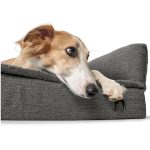
Leave a Reply
Want to join the discussion?Feel free to contribute!